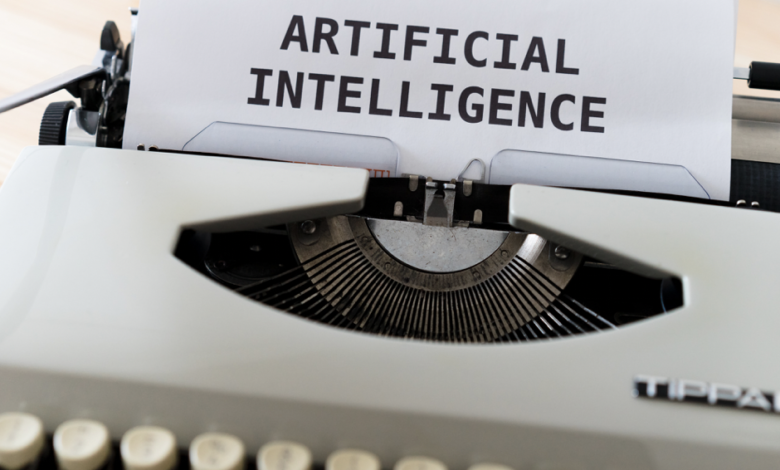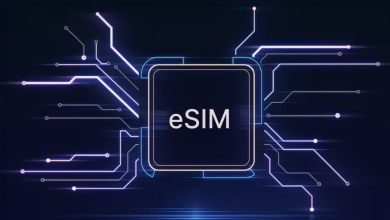
The rapid growth and capability of AI and IoT are unlocking incredible opportunities to overcome some of the greatest environmental and social impact challenges currently facing the global community, such as feeding a growing population, safety, affordable housing and environmental sustainability.
These issues are becoming the increasing focus of citizens, businesses, governments and even the UN, with an increasing emphasis on where and how these technologies can be applied to avoid some of the dire predictions being made about what our future will hold should we not engage in proactive action now.
In this article, we introduce you to two powerful technologies – AI and IoT – and some examples of how they are already being implemented across a variety of different industries to drive positive sustainability and social impact.
What is AI and IoT?
Artificial Intelligence (AI) is a sub-domain and wide-ranging branch of data science, aimed at developing ‘intelligent’ machines able to perform tasks that normally require human intelligence, decision making and action. AI involves identifying patterns, relationships and characteristics within a data set and then applying these patterns to make predictions about new data. The recent boom in AI can be attributed to several things such as the growth of software, platforms and the internet which have led to an explosion in the amount of data available and created challenges in managing this data efficiently and extracting valuable insights to guide business decisions. The constantly expanding capability of AI has allowed more industries to explore how data and technology can be combined to solve complex and high-value problems that humans and traditional software have been unable to overcome.
Internet of Things (IoT) are types of sensors that can remotely transfer data through a network without the need for human interactions. Using IoT, data can be collected faster, more efficiently on a range of different events and phenomena. These sensors can capture a variety of different data – from motion, heat, proximity, images, velocity, light – and can be used to monitor and measure events, actions and conditions occurring in their environment. IoT is a relatively new technology domain, yet already making a significant impact in key industries such as agriculture, energy and supply chain management.
So exactly how can AI and IoT help drive towards a more sustainable world for its citizens? There are several applications of these technologies used across a variety of industries that are already being implemented to address key industry and sustainability challenges.
AI and IoT in the Energy Industry
The energy sector is one of the biggest sectors in the world, using hundreds of thousands of workers and generating billions of revenues annually across oil, gas and renewables. The diversity of operations in the sector provides ample opportunity for AI and IoT integration.
For example, hazard management has evolved to use environmental sensors to continuously monitor for the slightest presence of flammable gases and toxic vapours in the atmosphere. The uses of different IoT sensors allow for 24/7 data collection, for example, temperature and pressure sensors to monitor gas and liquids in pipelines, pumps and compressors. AI can also be used to identify and report trends within IoT data and provide real-time insights in areas such as operational efficiency and asset failure, helping to improve productivity, efficiency, risk management and regulatory compliance.
Another example focused on environmental sustainability involves the use of AI technology to reduce carbon footprint. A report from Microsoft and PwC on ‘how AI can enable a sustainable future‘ claims that AI technologies could reduce greenhouse gas emissions by up to 4% (2.4 gigatons) by 2030 – also resulting in nearly 40 million new jobs worldwide and a whopping increase of $5.2 trillion for the global economy. One example includes using AI to support the coordination and management of energy networks to assist with accurate supply and demand forecasting that improves efficiency and reduces waste. From a renewable perspective, AI can be used to enhance energy production, such as by conducting weather modelling to inform the optimal position of wind turbines and solar panels to maximise power generation.
AI and IoT in Supply Chain Management:
Supply Chain Management is significantly benefitting from the rise of IoT and AI. As globalisation causes the world to contract and the meteoric rise of e-commerce – accelerated by COVID-19 and the pre-existing decline of the high street – drives a boom in international and online trade, monitoring the movement, location and condition of goods across the supply chain can be complex or downright impossible for suppliers and customers. IoT sensors (powered by low-power wide-area networks) can be used to capture data on driver behaviour, location, suggest optimised routes, helping to alleviate issues of supply chain transparency, efficiency and safety.
AI and IoT are also driving improvements from an environmental sustainability perspective. For example, IoT can be applied to fleet management to help combat pollution. IoT sensors allow air pollution to be monitored in real-time using air quality sensors that rapidly and accurately identify pollution or contaminants in the air. For example, gas leaks can be picked up on immediately and swift action can be taken to prevent catastrophe. Similarly, by closely monitoring ambient air pollution in real-time, insights can inform preventative strategies and policies that balance out the needs of the environment and health with business and commerce.
AI and IoT in Agriculture
Agriculture has been under immense pressure for the last few decades due to factors such as rapid population growth, dwindling and inefficient resource management and climate change impacting the cultivation of crops, the raising of livestock and other challenges impacting across the food system from farm to table.
Fortunately, new technologies are helping the agriculture supply chain to become more intelligent and efficient. The rise of ‘smart farming’ is increasingly using AI and IoT to strengthen productivity, combat waste, reduce the environmental impact of the industry and improve resource consumption relative to yield. Applications such as granular wireless sensors can obtain data on the conditions of soil such as the level of acidity, soil moisture, temperature and inform farming practices through predictive AI models that prevent unfavorable soil conditions that impact crop health, nutrition, yield: all things that impact on society in the form of cost and accessibility to high-quality products to nutrition and health.
Final Thoughts
The rise in concern surrounding areas such as climate events or population provides us with challenges in which we can collectively tackle with the help of emerging technologies, encouraging business leaders to rethink their services, products and operations in a way that’s ethically and sustainably managed. The rise of AI and IoT should be a call for all businesses to pause to rethink the status quo of their industry and how it can be reshaped with transparency, efficiency and sustainability at the core.




